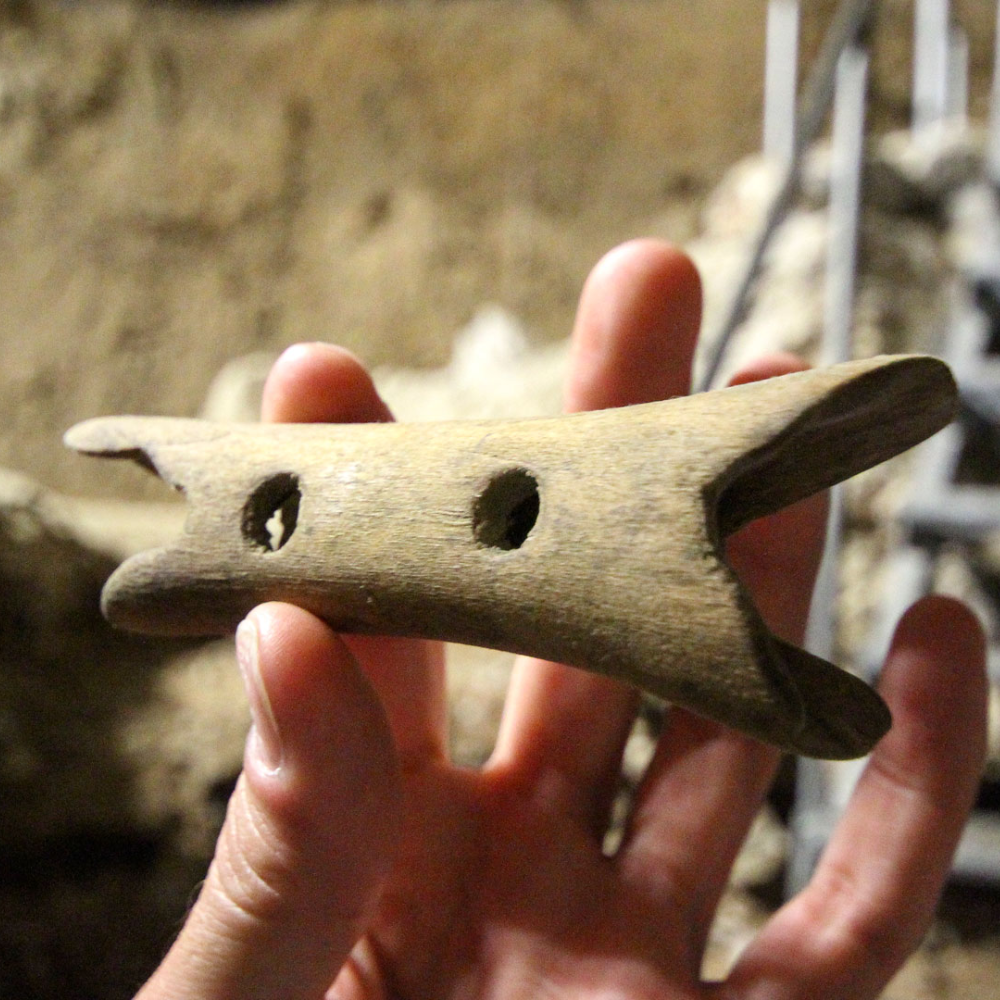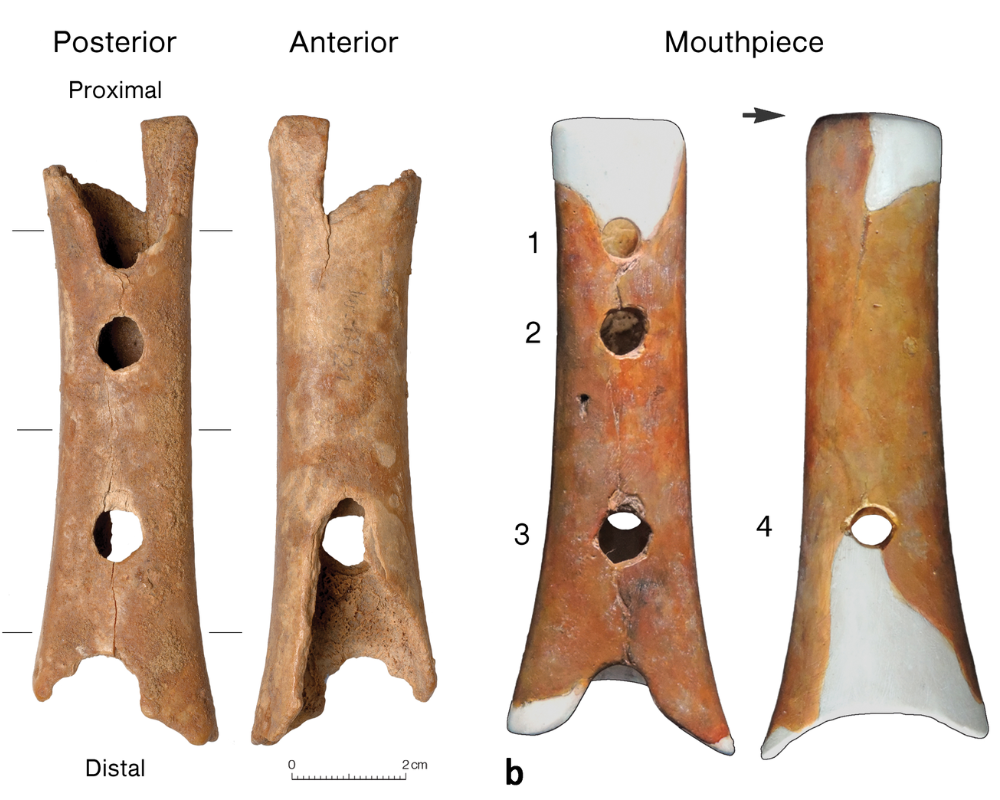
It is always fascinating to behold such instances that make us feel more connected with our ancestors since the dawn of time. In the recent past, there has been a major breakthrough in terms of what our ancestors heard through the discovery and reconstruction of a flute that is believed to have been made by Neanderthals. Dating back to around 50,000 years ago, this instrument is a Neanderthal flute made from the bone of a cave bear. It is speculated that it originally had four finger-width holes along the length of the bone. This flute is now the oldest known Paleolithic flute and the first that is proven to be Neanderthal-made.
Expert Analysis
Showing extraordinary continuity, the sounds emerging from this instrument resemble the notes produced by a diatonic scale that is frequently used in music in the current day and age. Bob Fink, a musicologist, explained that the sound of the flute is inescapably diatonic and could match any standard diatonic scale nearly perfectly, irrespective of whether it is antique or modern.
Connectivity Inference

The eerie pitch of this Divje Babe flute gives us evidence to suggest that there might be more in common between us and the Neanderthals than is believed. Experts believe that this instrument is a testament to the fact that they were one of the closest human ancestors who made musical instruments. The Neanderthals can now be concluded to have an abstract and distinctly human artistic capability.
The Oldest Flute in the World
What makes this instrument especially remarkable is that it was made by the Neanderthals and not Homo sapiens. It has been estimated that the two might have coexisted, with the Neanderthals having gradually died out. With the description, ‘The oldest flute in the world,’ the flute is permanently on display at the Slovenia National Museum. In the exhibit, it can be seen with three damaged holes and two well-preserved holes.